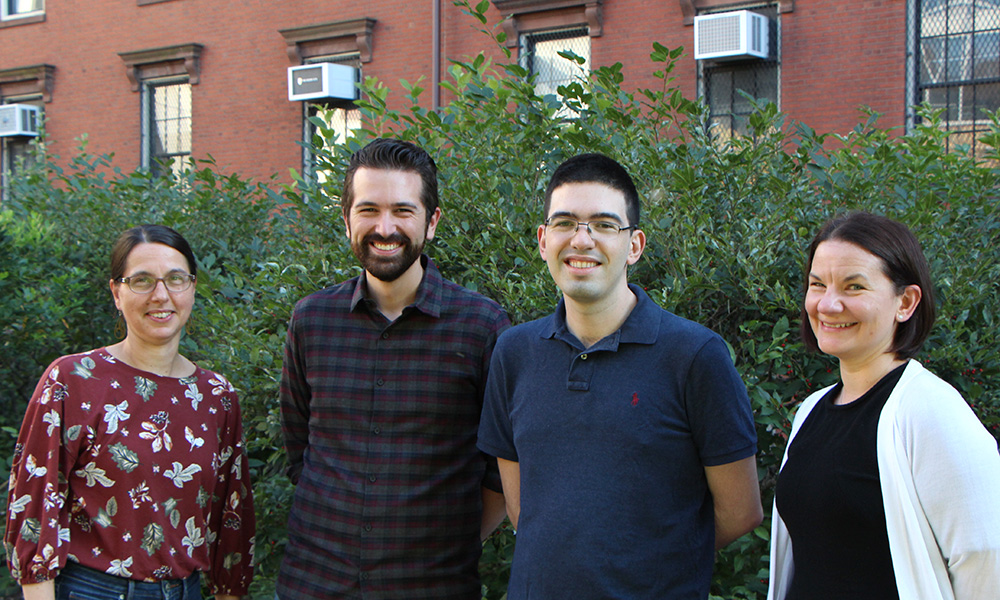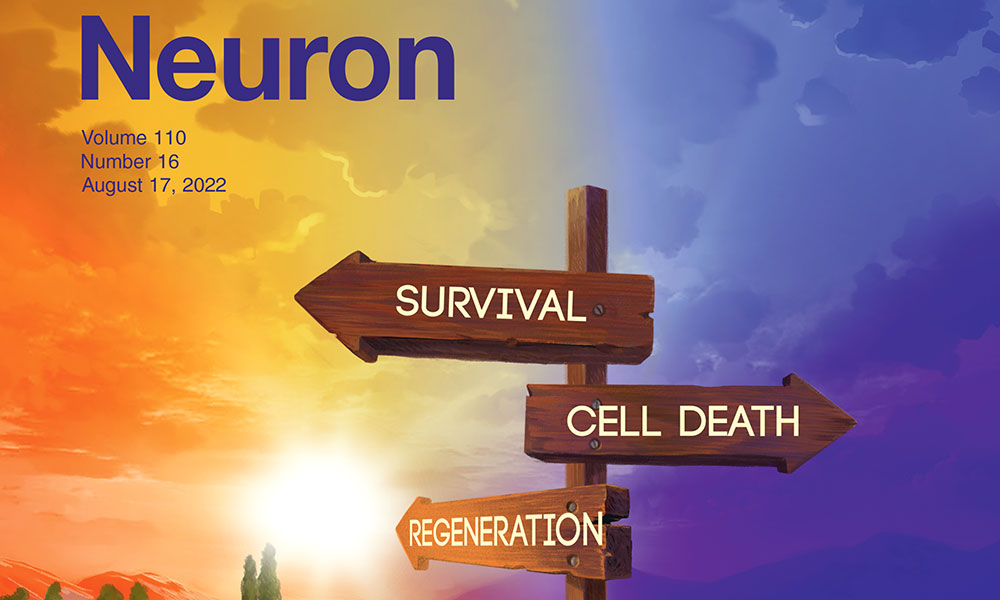Research led by Harvard Junior Fellow William Allen, a joint postdoctoral fellow in Catherine Dulac’s and Xiaowei Zhuang’s Labs, has generated a “cell atlas” of RNA expression in…
In a daily fight for survival, primitive nervous systems evolved the ability to escape from predators using reflexive reactions that save animals from being eaten. As nervous systems…











